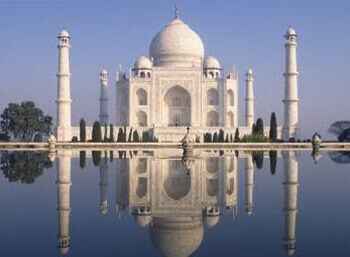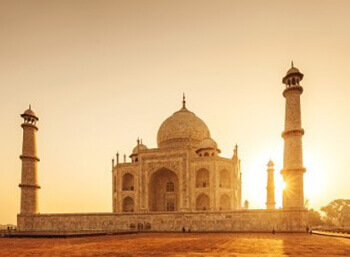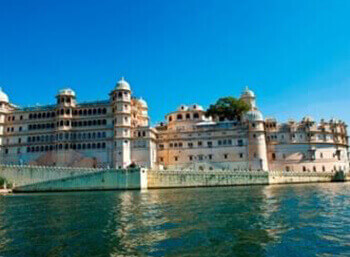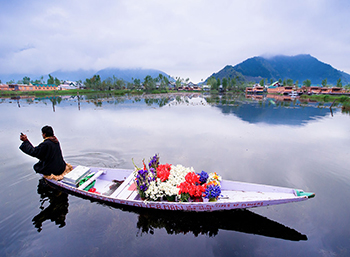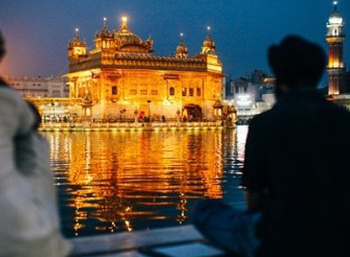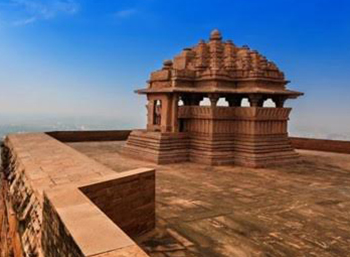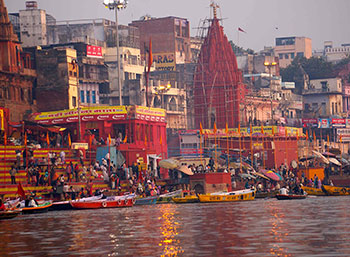Tourism in Delhi
Humayun’s Tomb
Home to a phase of history that has shaped much of present day India, Delhi, is a historian's paradise. Much of this revolves around the activities of the Mughal Dynasty, who were responsible to a large extent in influencing the Indian way of life as we see it today. One of the greatest rulers of this dynasty was Humayan, whose promising reign was tragically cut short by a freak accident on the stairs of the Sher Mandal Library..
Humayun's Tomb was built in the memory of this charismatic ruler whom fate prevented from proving his charisma to the rest of the world. Built by his Persian widow, Haji Begum, Humayun's Tomb was the first architectural construction built during Akbar's reign. Built around 1562-1572 AD, Humayun's Tomb is one of the leading attractions of Delhi today, drawing thousands of visitors everyday. Exhibiting a very obvious influence of Persian architecture that owes its origin to its Persian architect Mirak Mirza Ghiyuath, the mausoleum was built on the banks of the Yamuna River, next to the shrine of Sufi saint of Chisti Silsilah, Nizamuddin Auliya. A number of other Mughal luminaries are buried here like:
Enjoy the outstanding lush green surroundings of the temple area and maybe even lounge around for a perfect picnic spot. Winner of a numerous of the architectural awards, Lotus Temple is truly a perfect sight to behold, moreover in the night when it is all well lit up in eye-catching breathtaking splendour.
- Hamida Begum, Akbar's mother.
- Dara Shikoh, Shah Jahan's son .
- Bahadur Shah II, the last Mughal Emperor.
One of the greatest examples of architecture in India, Humayun's Tomb is known for influencing the structure of the Taj Mahal as well. The first example of the garden tomb, Humayun's Tomb is in the UNESCO's list of World Heritage Sites as well. Humayun's Tomb is also protected under the ownership of the Archaeological Survey of India. The tomb is an architectural masterpiece forming the basis of the definition of Mughal architecture that is characterized by high arches and double domes. The Tomb is maintained by the Aga Khan Trust that has to a large extent restored its lost glory to the tomb.
Histoty And Facts
Much of the tourist attractions of Delhi surround the history of the Mughal dynasty, most of whom have shaped India as we see her today. One of these rulers is the charming and charismatic Mughal emperor Humayun, a capable ruler, whose life was tragically cut short by a freak accident when he fell down the stairs of the Sher Mandal Library. Built in memory of this charismatic ruler, the history of Humayun’s Tomb is an important part of the history of India as well as the history of Delhi.
The tomb was built in the memory of Humayun by his Persian widow Haji Begum who planned the architecture of the tomb after consulting with one of the most notable architects of her homeland, Mirak Mirza Ghiyuath. The architecture, which showcases a very prominent influence of the Persian style of architecture, is credited to be the first and the most important architectural endeavor of the reign of Emperor Akbar, often regarded to be the greatest of all the Mughal emperors.
One of the most important factors that have added to the claim to fame of the Humayun’s Tomb is the fact that the architecture of the tomb as been one of the greatest influences in the architecture of one of the seven wonders of the world, the Taj Mahal.
Location
TIME TO VISIT / ENTRANCE FEE
Open : Daily
Entery fee : Indians: Rs.10, Others: US $ 5 or Indian Rs. 250/- per head, (Children up to 15 years free)
Opening Time : 06:00 AM Closing Time : 06:00 PM
Closed on public holidays : No
How To Reach
Nearest Airport
Indira Gandhi International AirportNearest Railway Station
Old Delhi Railway StationNearest Metro station
Kashmiri GateOther Info
Nature & Architectural style
A tomb built following the Charbagh pattern for mausoleums, a pattern that was to become extremely popular among the tombs of Muslim nobility in later years.
Built by
Built by Humayun’s Persian widow, Haji Begum, the structure is the mausoleum of the 2nd Mughal emperor of India.
Admission charges
The admission fees range from INR 10 for citizens/ INR 250 for foreigners. Besides these, there is a parking fee whose rates are INR 10 for 4 hrs, besides video charges of INR 50


